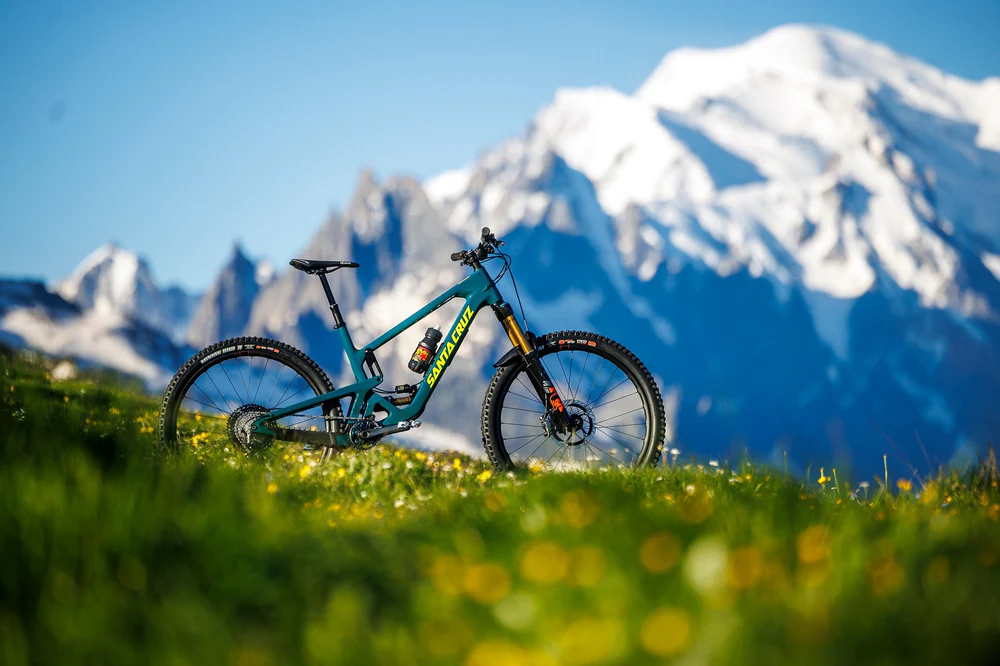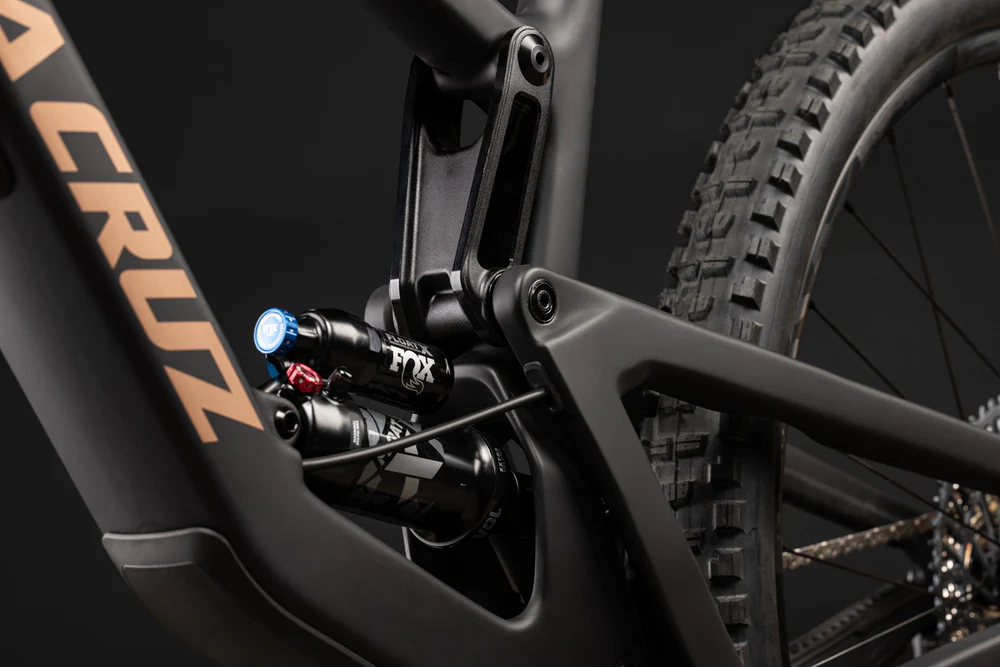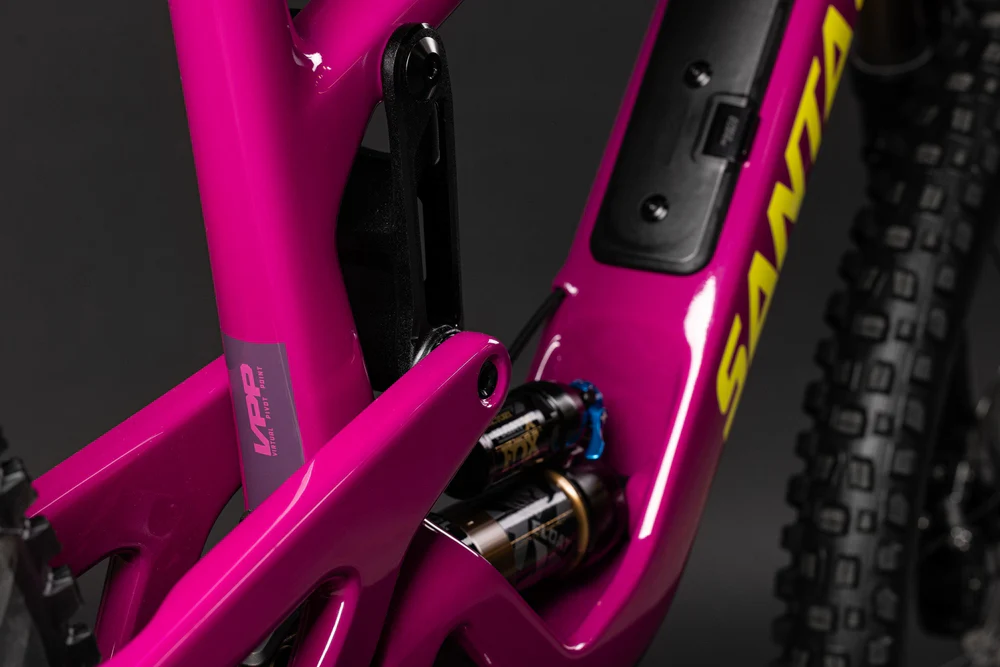

QUOI DE NEUF ?
QUOI DE NEUF ?
Actualités et récits autour de Santa Cruz. Ne ratez pas une miette des dernières compétitions, événements et aspects techniques de la marque.













Actualités et récits autour de Santa Cruz. Ne ratez pas une miette des dernières compétitions, événements et aspects techniques de la marque.












Please select the bikes you would like to compare?
| Spec Item |
|
|---|---|
| Cadre | |
| Matériau | |
| Caractéristiques | |
| Cadre | |
| Débattement | |
| Poids | |
| Taille de roues | |
| Suspensions | |
| Fourche | |
| Amortisseur | |
| Commande | |
| Transmission | |
| Boîtier de pédalier | |
| Cassette | |
| Chaîne | |
| Guide-chaîne | |
| Longueur des manivelles | |
| Pédalier | |
| Dérailleur avant | |
| Manette gauche | |
| Dérailleur arrière | |
| Manette droite | |
| Manettes | |
| Freins | |
| Freins | |
| Frein avant | |
| Disque avant | |
| Frein arrière | |
| Disque arrière | |
| Disques | |
| Poste de pilotage | |
| Largeur de guidon | |
| Long. tige de selle télescopique | |
| Poignées | |
| Guidon | |
| Jeu de direction | |
| Selle | |
| Tige de selle | |
| Potence | |
| Longueur de la potence | |
| Roues | |
| Jante avant | |
| Moyeu avant | |
| Pneu avant | |
| Jante arrière | |
| Moyeu arrière | |
| Pneu arrière | |
| Valves | |
| Jantes | |
| Vélo électrique | |
| Batterie | |
| Unité motrice | |
| Chargeur | |
| Range Extender | |
| Spécificités | |
| Corps du boîtier de pédalier | |
| Montage du frein arrière | |
| Standard de guide-chaîne | |
| Ligne de chaîne | |
| Patte de dérailleur | |
| Longueur de l'amortisseur | |
| Mesure axe / té de fourche | |
| Compatibilité de fourche | |
| Déport de la fourche (Offset) | |
| Montage dérailleur avant | |
| Jeu de direction | |
| Taille de plateau maximum | |
| Taille maximale des disques | |
| Dégagement maximum des pneus | |
| Front Spacing | |
| Espacement arrière | |
| Débattement arrière | |
| Recommended Sag | |
| Préventif | |
| Diamètre du collier de selle | |
| Diamètre de tige de selle | |
| Tailles de buselures d'amortisseur | |
| Tailles de buselures d'amortisseur | |
| Buselure d'amortisseur inférieure | |
| Buselure d'amortisseur supérieure | |
| Course de l'amortisseur | |
| Système de suspension | |
| Compatible UDH | |
| Montages de porte-bidon |